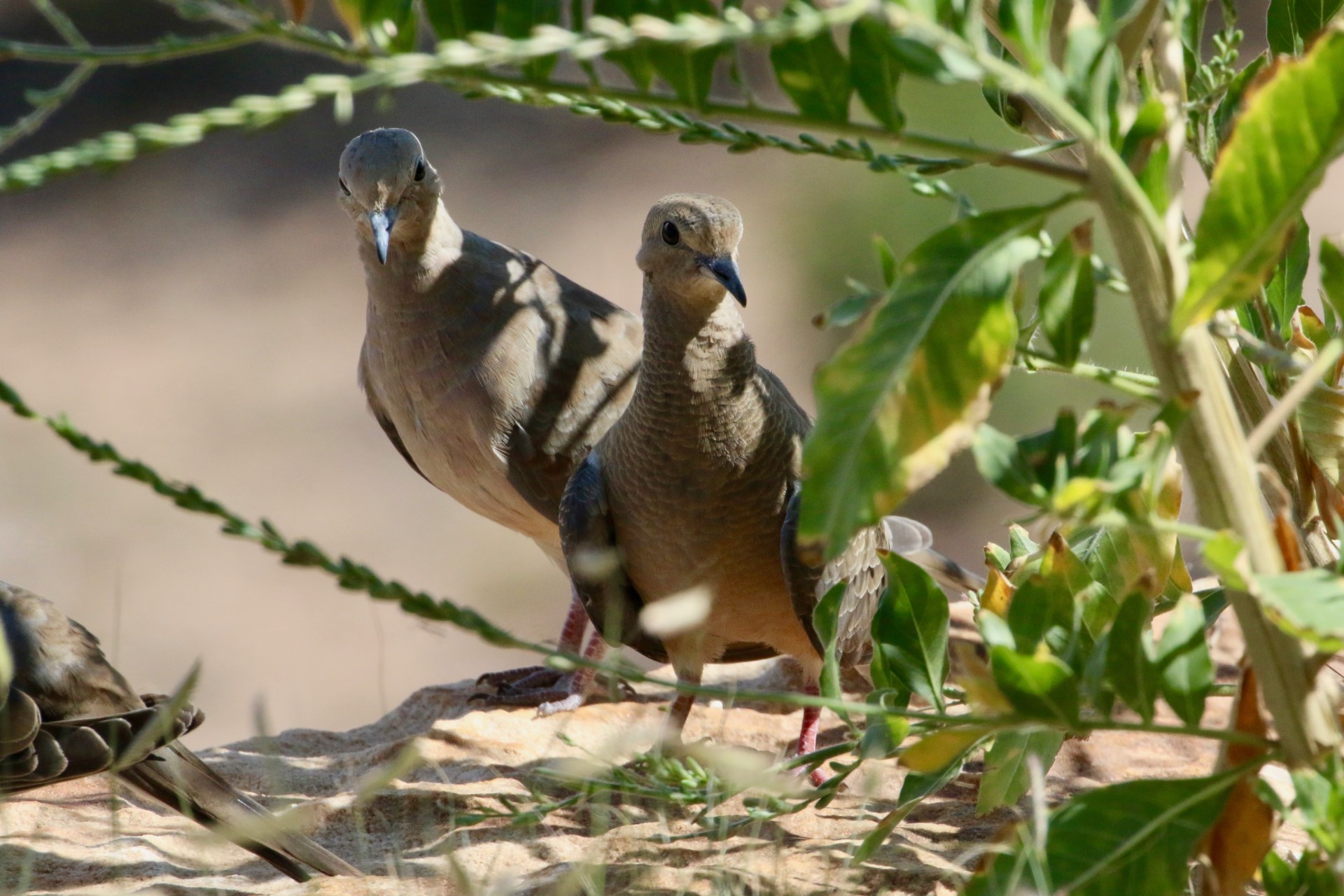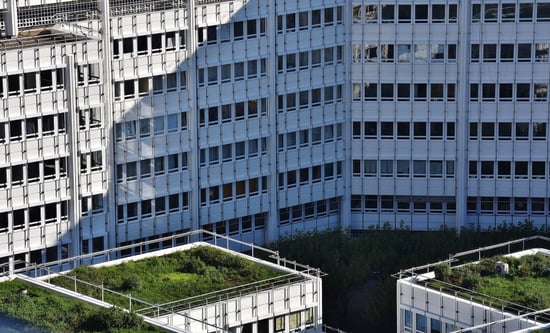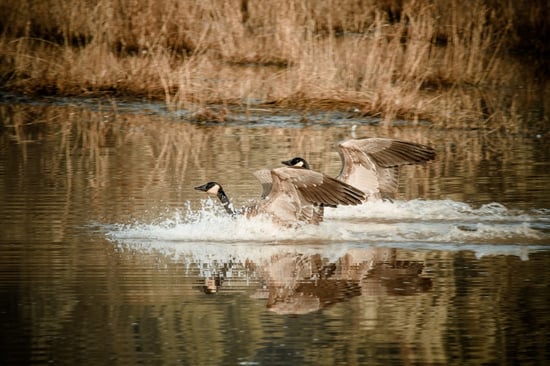
One of the biggest environmental hazards for birds is not pollution, disease or loss of habitat: It’s the buildings in which we live and work every day.
Since the earliest recordings of human history, we have used birds as symbols, metaphors, mythological figures, poetic devices and characters in our ever-mounting collection of stories.
We love our avian friends.
Which makes it all the more tragic that humans are responsible for the deaths of billions of birds every year. Yes, billions – both around the world and right here in the United States.
If we want to preserve our urban ecologies and the balance of the natural world, we must focus on bird safety in cities immediately – and that means taking a different approach to our buildings ASAP.
What Are Glass Collisions?
 Have you ever heard a wallop against one of your windows, then looked out onto the porch to see a stunned bird?
Have you ever heard a wallop against one of your windows, then looked out onto the porch to see a stunned bird?
According to the American Bird Conservancy, this is sadly quite common:
“Although most people have seen or heard a bird hit a window, they often believe it is an unusual event. It's a huge problem for birds. Up to a billion birds die in collisions with glass each year in the United States. Add up all those deaths and the number is staggering.”
Believe it or not, says National Geographic in an interview with Muhlenberg College ornithologist Daniel Klem Jr., “These collisions kill more birds than oil spills or pesticides do. The spring and fall migration periods are particularly deadly, with large flocks of birds navigating cities and suburbs that are littered with windows.”
The problem of bird safety in cities becomes even more critical when we consider the fact that rare, as well as common, birds are frequently the victims of glass collisions.
Plus, many birds are important pollinators, both within cities and outside them. We really can't afford to lose them, for the sake of our food supply as well as the health of the planet.
The question becomes, why is this happening – and what can we do?
Why Do Glass Collisions Occur?
 The first step in promoting bird safety in cities is understanding why collisions occur.
The first step in promoting bird safety in cities is understanding why collisions occur.
The answer might at first seem obvious: The birds don’t know the window is there. The entire point of a window is to remove the barrier between inside and outside, after all. While this increases our pleasure and serenity, it puts birds in major danger.
What we don’t consider is that windows are usually reflective from the outside. That means from a bird’s point of view, windows often look like trees and sky. Note: The decals and window clings meant to announce the presence of glass don’t work.
During night, moreover, birds crash into the windows due to reflective starlight. Or they become so confused by the lights everywhere that they don’t know which way to fly, and end up circling forever until they drop out of the sky.
So … what can we do?
How Can We Increase Bird Safety in Cities?
 Luckily, some seriously smart people are hard at work creating and promoting bird-friendly design solutions.
Luckily, some seriously smart people are hard at work creating and promoting bird-friendly design solutions.
The main goal: To design and implement glass that offers humans all the visibility they’re used to, while ensuring birds don’t see it as more sky and trees – and fly right into it. This, despite what you might think given such glass is far from widespread, is easier than you think.
“A variety of approaches, such as fritting, silk-screening, or ultraviolet coating, create a pattern that breaks up the reflectivity of the glass and alerts birds to its presence,” explains Audubon.
“More important than the technique used to create the pattern is its spacing,” they add. “Testing has shown that the ‘2x4 rule’ is most effective—meaning that the silk, coating or markings are added across the pane, spaced two inches apart horizontally, and four inches apart vertically.”
Because studies show that birds won’t attempt to fly through spaces smaller than this, the pattern deters birds and forces them to find another way around. It’s one of the most effective approaches we have to bird safety in cities at the moment.
It’s not necessarily more expensive, either, says the American Bird Conservancy, explaining that “research shows bird-friendly design can be achieved without sacrificing aesthetics, functionality, or budget.”
What Can You Do Today?
Cool, you’re thinking, but I’m not actually a stakeholder in the next downtown building project.
Righto. Assuming you’re not in charge of the blueprints for a giant stadium or skyscraper, what can you do?
Well, first and most obviously, you can install bird-safe glass in your own home. If you’re not planning a major window revamp, though, here are some other options:
- Hang large objects in your windows, such as chimes outside or stained glass inside. (Remember, decals are useless.)
- Turn off outside lighting at night to help birds navigate by stars during migration.
- Collect both living and dead birds that have had a collision and send them to Chicago Bird Collision Monitors, which can help revive them or send them on for study.
You can also give birds a green space to rest during long flights, helping them avoid the exhaustion that often makes them drop right out of the sky. Green roofs and rooftop gardens are a great way to do that, but any healthy green space can help.
Want to learn more about bird safety in cities? We’d love to help you make a difference, so get in touch today.

